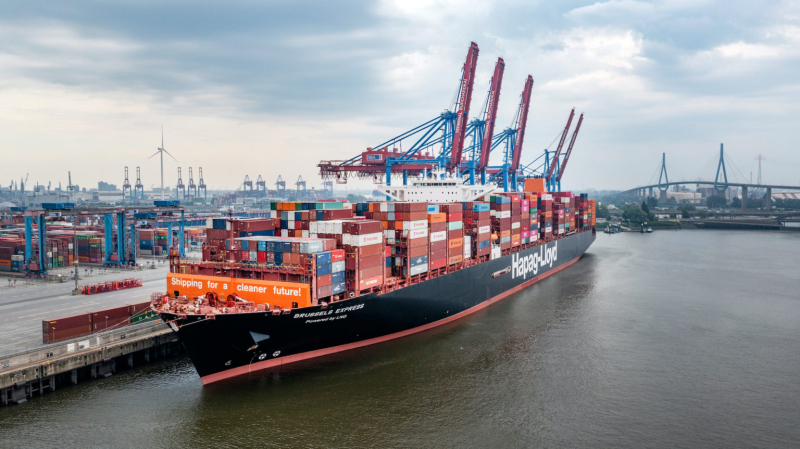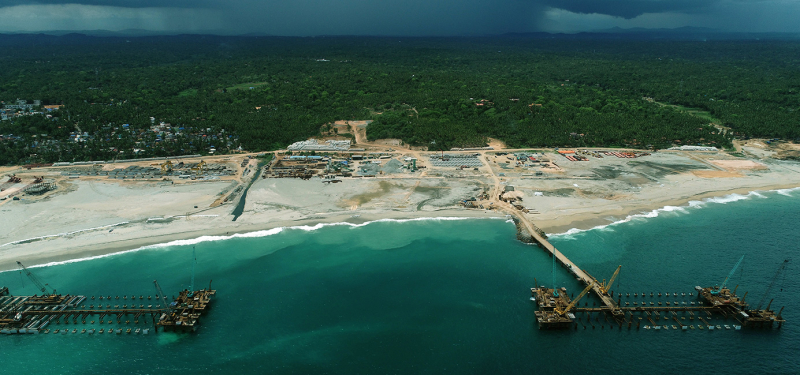
May 2025 is projected to mark the end of 19 consecutive months of year-over-year growth amid Trump’s escalating Trade War, new forecasts warn.
Major U.S. container ports are bracing for a dramatic drop in cargo volumes as unprecedented tariffs on all trading partners threaten to reshape maritime trade patterns.
The National Retail Federation (NRF) and Hackett Associates’ latest Global Port Tracker report reveals that import cargo v
The stark forecast comes after President Donald Trump imposed a minimum 10% tariff on all U.S. trading partners, with “reciprocal” tariffs reaching up to 50% for numerous nations. The situation with China has escalated further, with retaliatory measures pushing the base rate to 104% for national emergency tariffs alone.
“Tariffs are taxes on U.S. importers ultimately paid by consumers,” warns Jonathan Gold, NRF Vice President for Supply Chain and Customs Policy. “They are creating anxiety and uncertainty for American businesses and families alike with the speed at which they are being implemented and stacked upon each other.”
The impact is expected to be swift and severe. May 2025 is projected to mark the end of 19 consecutive months of year-over-year growth, with volumes dropping to 1.66 million TEU, representing a 20.5% decline. June could see volumes fall to 1.57 million TEU, the lowest since February 2023, while July and August projections show continued declines of 27% and 26.8% respectively.
Ben Hackett, founder of Hackett Associates, emphasizes the unprecedented uncertainty in the market. “In this environment of complete uncertainty, our forecast for import cargo will be subject to significant adjustments over the coming months,” he notes. “At present, we expect to see imports begin to decline by May and that they will drop dramatically during the remainder of the year.”
The contrast with previous projections is stark. Before the latest tariff announcement, April was expected to handle 2.13 million TEU, with May reaching 2.14 million TEU. The revised figures paint a markedly different picture, with the first half of 2025 now forecast at 11.73 million TEU, down 2.9% year-over-year, instead of the previously expected 5.7% growth.
This downturn follows a period of robust growth, with 2024 recording total imports of 25.5 million TEU, up 14.7% from 2023 and approaching the pandemic-era record of 25.8 million TEU set in 2021.
The February 2025 figures, which showed U.S. ports handling 2.06 million TEU, may represent the end of an era. While this represented a 5.2% year-over-year increase and the busiest February in three years, the new tariff regime threatens to dramatically alter these patterns.
olumes could plummet by 20% in the second half of 2025, potentially leading to a 15% decline in total annual cargo volume.





























